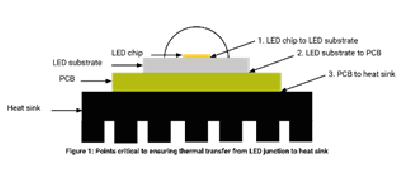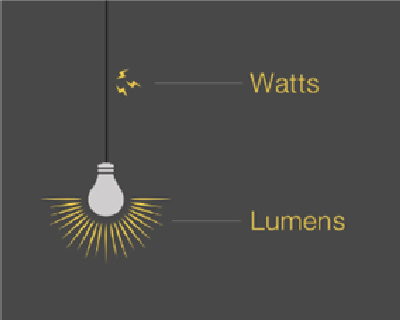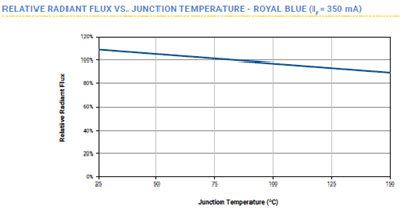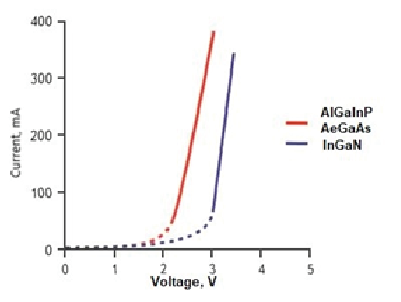Frequently asked questions
WHAT IS AN LED?
A light-emitting diode is a semiconductor device that directly converts an electric current into a light beam. The structure of a light emitting diode consists of a semiconductor crystal, a housing with contact wires and an optical system.

DOES THIS MEAN THAT THE MORE CURRENT THAT PASSES THROUGH AN LED, THE BRIGHTER IT SHINES?
Of course it is. The higher the current, the more electrons and holes enter the recombination zone per unit time. However, the current cannot be increased indefinitely because the internal resistance of the semiconductor and the p-n junction will cause the diode to overheat and fail.

HOW DOES AN LED REACT TO A TEMPERATURE RISE?
As regards the temperature of the LED, it is necessary to distinguish between the temperature at the crystal surface and the temperature at the p-n junction. Lifetime depends on the former, luminous flux on the latter. In general, the brightness of the LED decreases with increasing p-n junction temperature because the internal quantum efficiency decreases due to the influence of vibrations in the crystal lattice. This is why good heat dissipation is so important.

WHY IS IT NECESSARY TO STABILISE THE CURRENT SUPPLIED TO THE LED?
As can be seen from the figure, the current depends exponentially on the voltage in the operating modes, and small changes in voltage cause large changes in current. Since the luminous flux is directly proportional to the current, the brightness of the LED is also unstable. Therefore, the current must be stabilised. In addition, if the current exceeds the permissible limit, overheating of the LED may accelerate its ageing. The LED converter (LED driver in English terminology) stabilises the current flowing through the LED.

WHAT DETERMINES THE LIFETIME OF AN LED?
LEDs are said to be particularly durable. But they are not. The more current that passes through an LED, the higher its temperature and the faster it ages. Ageing is primarily manifested by a decrease in brightness. When the brightness drops by 30% or half, the LED must be replaced. The ageing of an LED is not only related to a decrease in brightness but also to a change in colour. There are currently no standards to quantify the colour change of LEDs as they age and to compare them with other sources.

Cost-effectiveness and durability...
One of the advantages of LEDs is their longevity. These light sources have a lifetime of 100 000 hours, which is 10-12 years of continuous operation. By comparison, neon and fluorescent lamps have a maximum lifetime of 10 000 hours. At the same time, a light module using fluorescent lamps will need to be replaced 8 to 10 times, while incandescent lamps will need to be "rewired" 30 to 40 times. Using LED modules can reduce energy consumption by up to 87%!
Convenience ...
The LED module is a multi-component structure with an unpretentious wiring scheme. For example, in a circuit of fifty LEDs, one or two faulty ones not only prevent the advertising fragment from being switched off, but do not even affect the overall light emission. The huge stock of LEDs practically solves the problems associated with the need to replace them. In addition, LEDs can operate reliably over the widest range of operating temperatures.
Security ...
Sometimes, lives depend on the reliability of an object. The use of LEDs in information display devices (road signs, traffic lights, information boards, etc.) significantly improves their visibility and perception. It is no coincidence that many large cities in developed countries no longer have conventional traffic lights, and LED schemes are used in air and surface navigation systems. Another aspect that makes LEDs preferable is their durability and anti-vandal properties. The light sources are made of plastic, which makes them resistant to mechanical damage. The typical voltage required to operate a single LED is 3-4 volts. Therefore, in conditions where higher safety precautions are required or high voltages are not possible, LEDs are the best choice. One of the important advantages of LEDs is their resistance to low temperatures.
